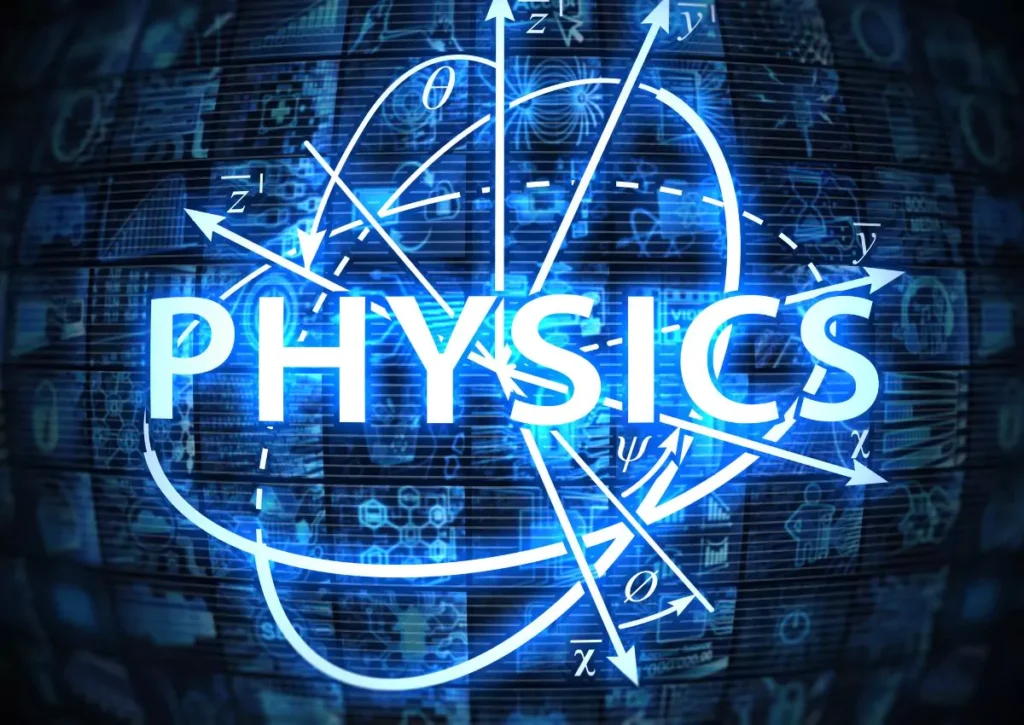
GATE Physics Syllabus

Kritika Yadav

The GATE Physics Syllabus helps prospective students prepare for their degrees in a more effective manner. In the meanwhile, there are nine sections in the GATE Physics Syllabus 2023. Mathematical Physics, Classical Mechanics, Electromagnetic Theory, Quantum Mechanics, Thermodynamics and Statistical Physics are the main topics covered under these sections.
GATE physics syllabus 2023
Mathematical Physics
Linear vector space; matrices; vector calculus; linear differential equations; elements of complex analysis; Laplace transforms, Fourier analysis, elementary ideas about tensors
Classical Mechanics
Conservation laws; central forces, Kepler problem and planetary motion; collisions and scattering in laboratory and centre of mass frames; mechanics of system of particles; rigid body dynamics; moment of inertia tensor; noninertial frames and pseudo forces; variational principle; Lagrange’s and Hamilton’s formalisms; equation of motion, cyclic coordinates, Poisson bracket; periodic motion, small oscillations, normal modes; special theory of relativity – Lorentz transformations, relativistic kinematics, mass-energy equivalence.
Electromagnetic Theory
Solution of electrostatic and magnetostatic problems including boundary value problems; dielectrics and conductors; Biot-Savart’s and Ampere’s laws; Faraday’s law; Maxwell’s equations; scalar and vector potentials; Coulomb and Lorentz gauges; Electromagnetic waves and their reflection, refraction, interference, diffraction and polarization. Poynting vector, Poynting theorem, energy and momentum of electromagnetic waves; radiation from a moving charge.
Quantum Mechanics
Physical basis of quantum mechanics; uncertainty principle; Schrodinger equation; one, two and three dimensional potential problems; particle in a box, harmonic oscillator, hydrogen atom; linear vectors and operators in Hilbert space; angular momentum and spin; addition of angular momenta; time independent perturbation theory; elementary scattering theory.
Thermodynamics and Statistical Physics
Laws of thermodynamics; macrostates and microstates; phase space; probability ensembles; partition function, free energy, calculation of thermodynamic quantities; classical and quantum statistics; degenerate Fermi gas; black body radiation and Planck’s distribution law; Bose-Einstein condensation; first and second order phase transitions, critical point.
Atomic and Molecular Physics
Spectra of one- and many-electron atoms; LS and jj coupling; hyperfine structure; Zeeman and Stark effects; electric dipole transitions and selection rules; X-ray spectra; rotational and vibrational spectra of diatomic molecules; electronic transition in diatomic molecules, Franck-Condon principle; Raman effect; NMR and ESR; lasers.
Solid State Physics
Elements of crystallography; diffraction methods for structure determination; bonding in solids; elastic properties of solids; defects in crystals; lattice vibrations and thermal properties of solids; free electron theory; band theory of solids; metals, semiconductors and insulators; transport properties; optical, dielectric and magnetic properties of solids; elements of superconductivity.
Nuclear and Particle Physics
Nuclear radii and charge distributions, nuclear binding energy, Electric and magnetic moments; nuclear models, liquid drop model – semi-empirical mass formula, Fermi gas model of nucleus, nuclear shell model; nuclear force and two nucleon problem; Alpha decay, Beta-decay, electromagnetic transitions in nuclei; Rutherford scattering, nuclear reactions conservation laws; fission and fusion; particle accelerators and detectors; elementary particles, photons, baryons, mesons and leptons; quark model.
Electronics
Network analysis; semiconductor devices; Bipolar Junction Transistors, Field Effect Transistors, amplifier and oscillator circuits; operational amplifier, negative feedback circuits , active filters and oscillators; rectifier circuits, regulated power supplies; basic digital logic circuits, sequential circuits, flip-flops, counters, registers, A/D and D/A conversion.
GATE Physics Syllabus Exam Pattern 2023
Candidates are also advised to study the GATE Physics Marking System and any other reference material available in order to prepare for the GATE Exams 2023 more effectively. The exam pattern for GATE physics syllabus 2023 is written below:
- General Aptitude(GA) Marks of Physics (PH) = 15 Marks
- Subject Marks = 85 Marks
- Total Marks for PH = 100 Marks
- Total Time (in Minutes) = 180 Minutes
Related Links
Latest News
People Reading Now

CBSE Compartment Result 2023 OUT: Click For Direct Link



CSAB 2023: Special Round Registration Begins Today

